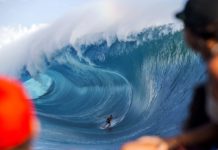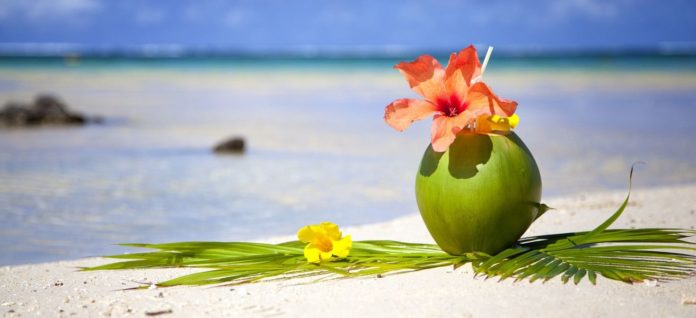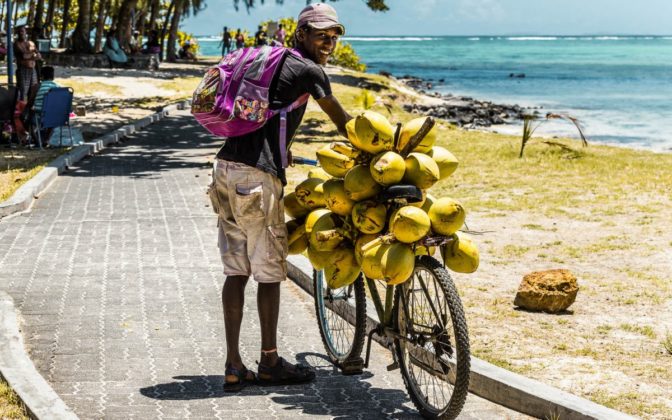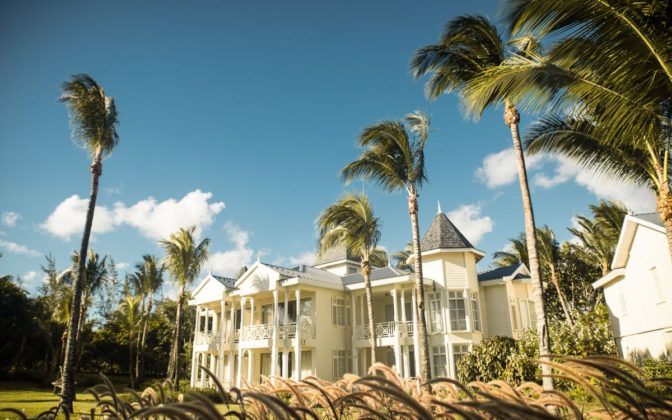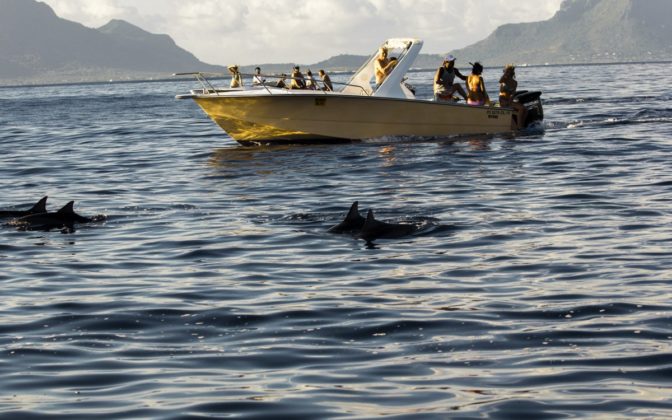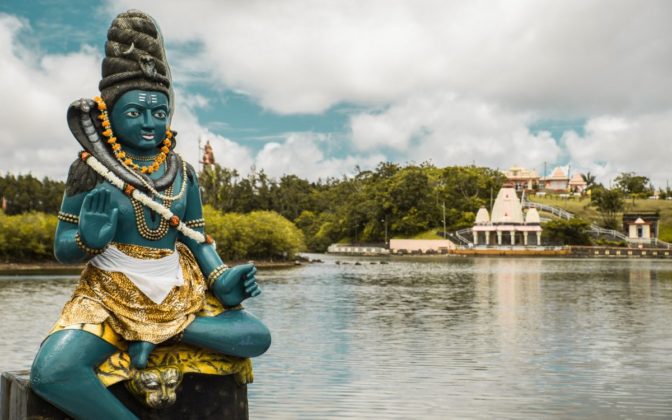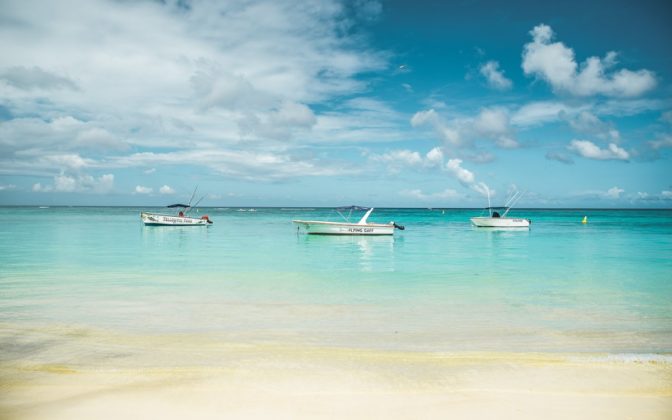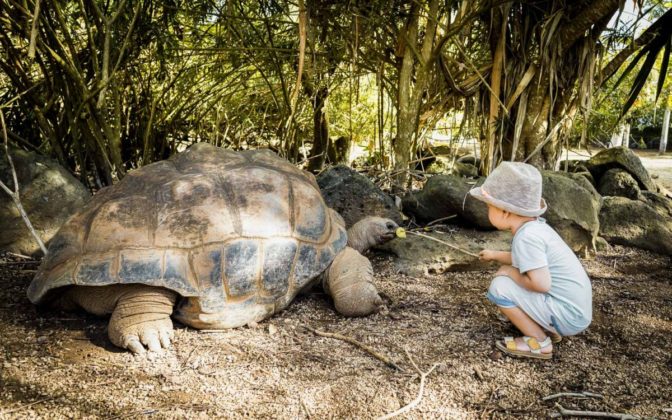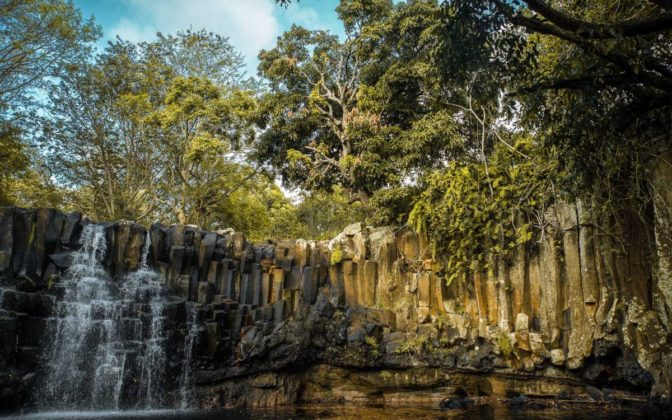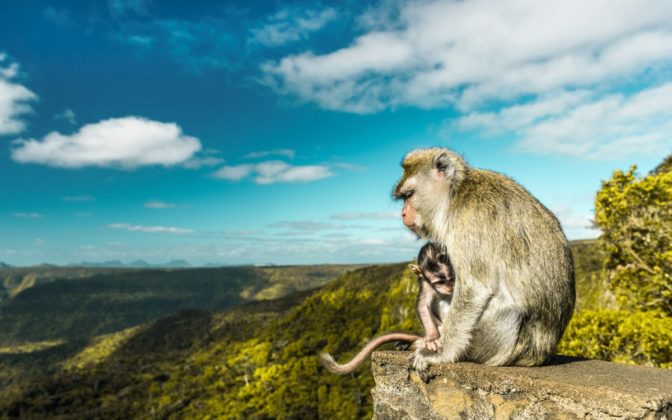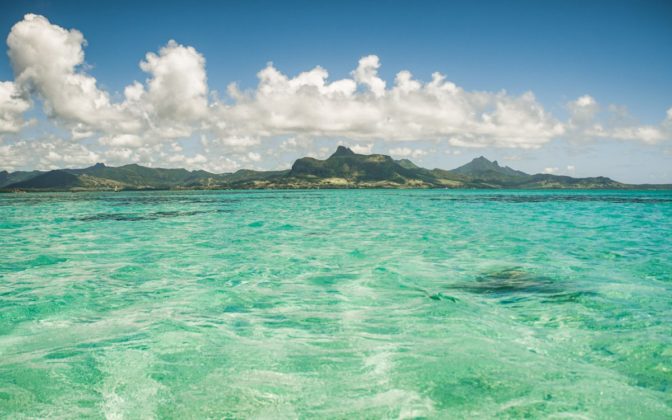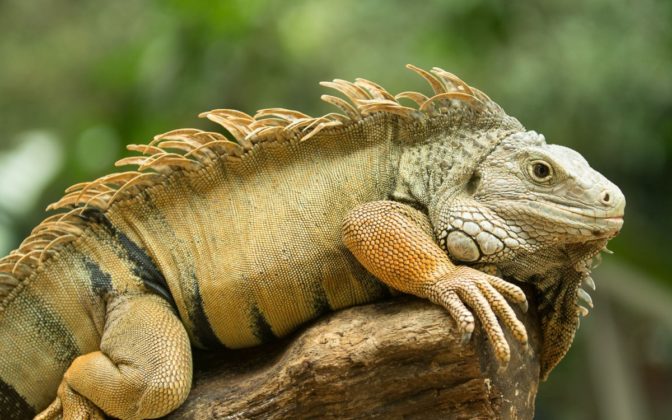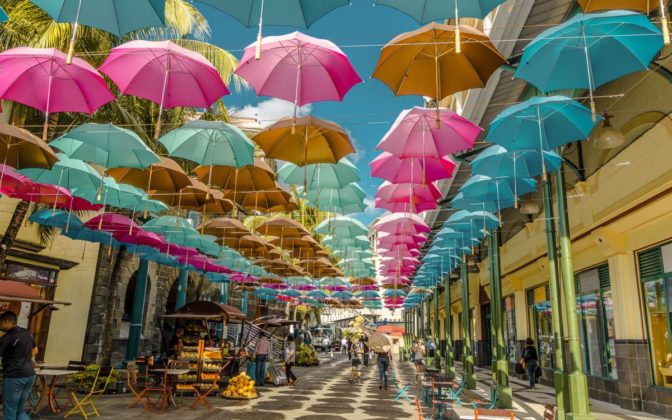In the guise of the Caribbean in the Indian Ocean, with turquoise seas and sandy coral beaches, Mauritius hides the promise of many adventures to come.
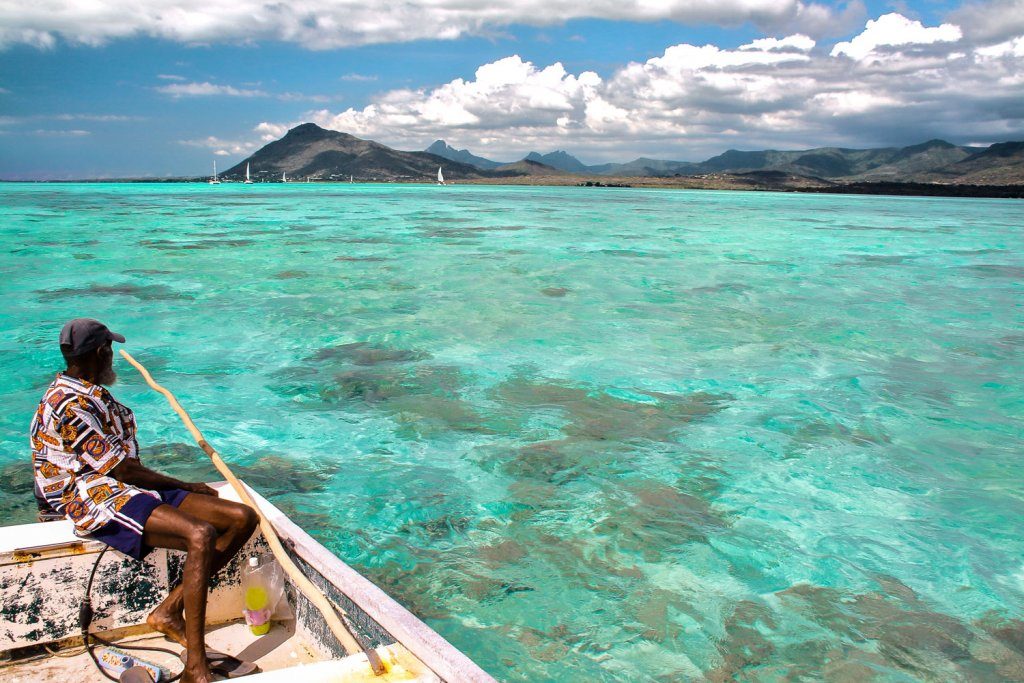
The coral reef barrier surrounding the island prevents sharks and jellyfish from getting through
A traditional honeymoon destination for its white sand, blue seas and luxury resorts, Mauritius has a range of active tourism options to satisfy thrillseekers and sunseekers alike.
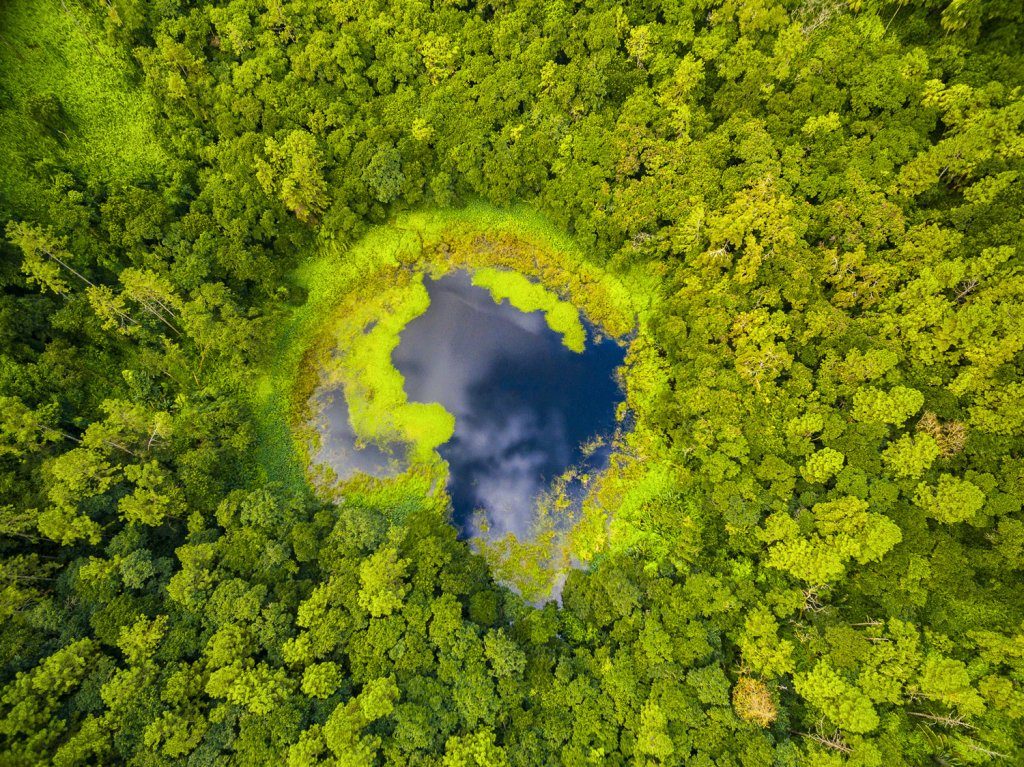
In the limited space of 65 kilometres from north to south and 45 from east to west, there is a huge variety of landscapes, climates, relief, plant and animal life, all of which make Mauritius a superb travel destination. So superb that there aren’t even any dangerous animals on the island; the snakes here aren’t venomous and the coral reef surrounding the island prevents sharks and jellyfish from entering the permanently warm waters that bathe the pristine beaches of Trou aux Biches, La Cuvette, Mont Choisy, Péreybère, Grand Bay and Flic-en-Flac.
Change your beach flip flops for walking boots to make the most of what Mauritius has to offer. You can’t just stay sitting down and admiring the beauty of the Chamarel or Gran Bassin waterfalls when you could be canyoning in the Black River Gorges national park. The Maccabee hiking path, also the name of a famous viewpoint, leads up to the island’s highest point, some 830 metres above a landscape of forests, gorges and waterfalls that make up the park. But this isn’t the only summit you can climb on Mauritius, either on foot, on horseback, on a quadbike or in a 4×4. The pirate past of this island facing the Madagascar coastline can be seen in the names of mountain peaks like Corps de Gard (the Bodyguard) or Trois Mamelles (known as the Three Tits).
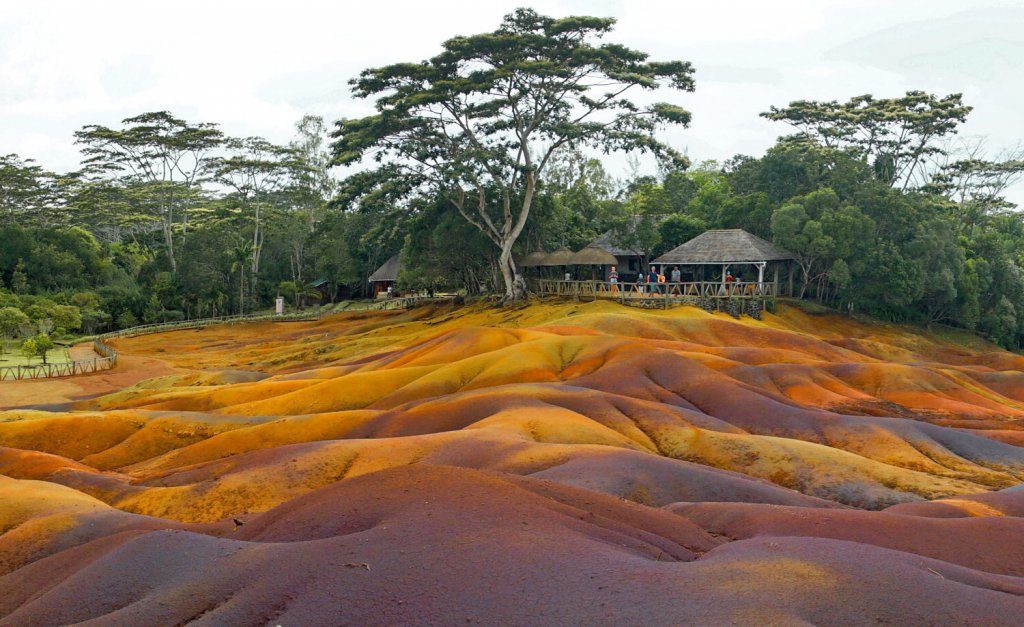
The Moka footpath, which climbs from the village of La Laura to the summit of Le Pouce, affords fabulous views of Port Louis, the capital. Although you’ll need to get down there to enjoy the atmosphere, shopping and food in its bustling market and port area. To see the colourful Hindu temple of Ganga Talao and its 33-metre-high statue of Shiva, set alongside the lake formed in the crater of a volcano, you have to follow the Grand Bassin pilgrims’ route. Another highly worthwhile mountain route is the one that climbs up to the summit of Le Morne Brabant, a basalt rock standing more than 500 metres on a peninsula in the south west of the island.
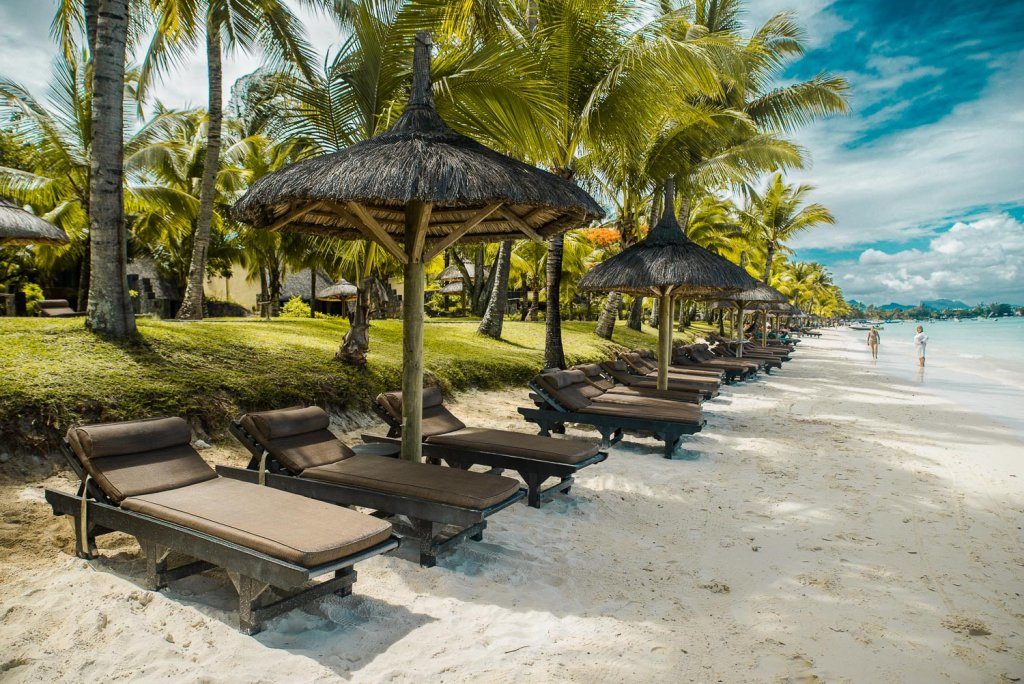
Lots of boats set sail from the bay of Tamarin or Le Morne to swim with dolphins
Form the top you can see some of the 330 kilometres of sandy beaches that make up the Mauritius coastline. Thrillseekers looking for excitement out on the sea can get their kicks in the Grand Baie area, where there are a wealth of opportunities to enjoy parasailing and kitesurfing, for example. Beneath the surface of the lagoons formed by the coral barrief reef their abundance of wildlife, there’s plenty of excitement on board submersible scooters for one or two people as well as seabed diving trips.
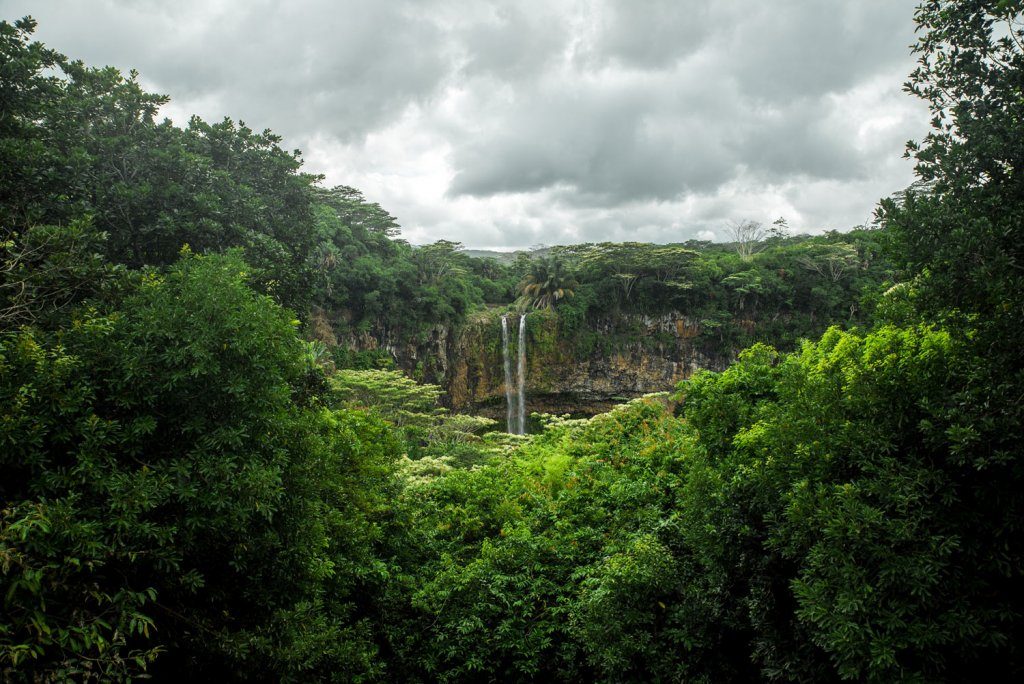
Good to know:
Tea with rum
Sugar cane plantations cover the whole island, whereas tea grows on the mountains inland. Together with cane rum, these products are exported all over the world. The elegance of the 19th century colonial architecture on the plantations of St. Aubin, surrounded by vanilla flowers, of Domaine des Aubineaux and Château de Labourdonnais, with its rum distillery, and the views over the tea plantations around a lagoon from the restaurant at the Bois Cheri tea factory, are all idyllic settings for tours that tell you more about how these products are made.
Giant tortoises
Like the dodo and several of its fellow reptiles, the native tortoises on Mauritius became extinct with the arrival of settlers and other animals. But Charles Darwin suggested reintroducing giant tortoises brought over from the Seychelles. They can still be seen, and touched, in the Îlle aux Aigrettes nature reserve and in the nature park of La Vanille Réserve des Mascareignes. The Aldabra giant tortoises live alongside 23,000 species of insects, monkeys, deer and around 2,000 Nile crocodiles. You can’t touch the crocodiles but you can eat them. The Hungry Crocodile restaurant serves them up in vanilla sauce, in burgers, with curry…


